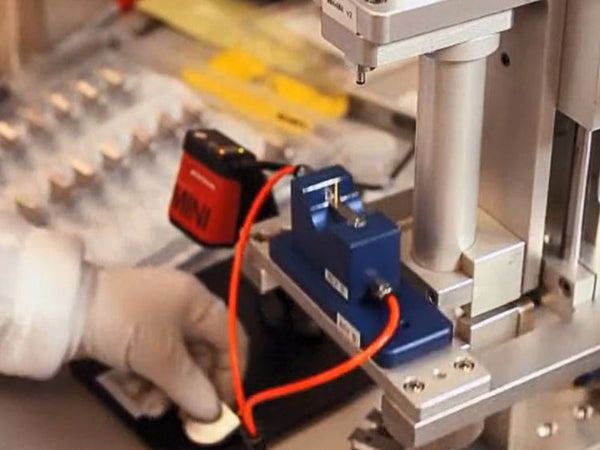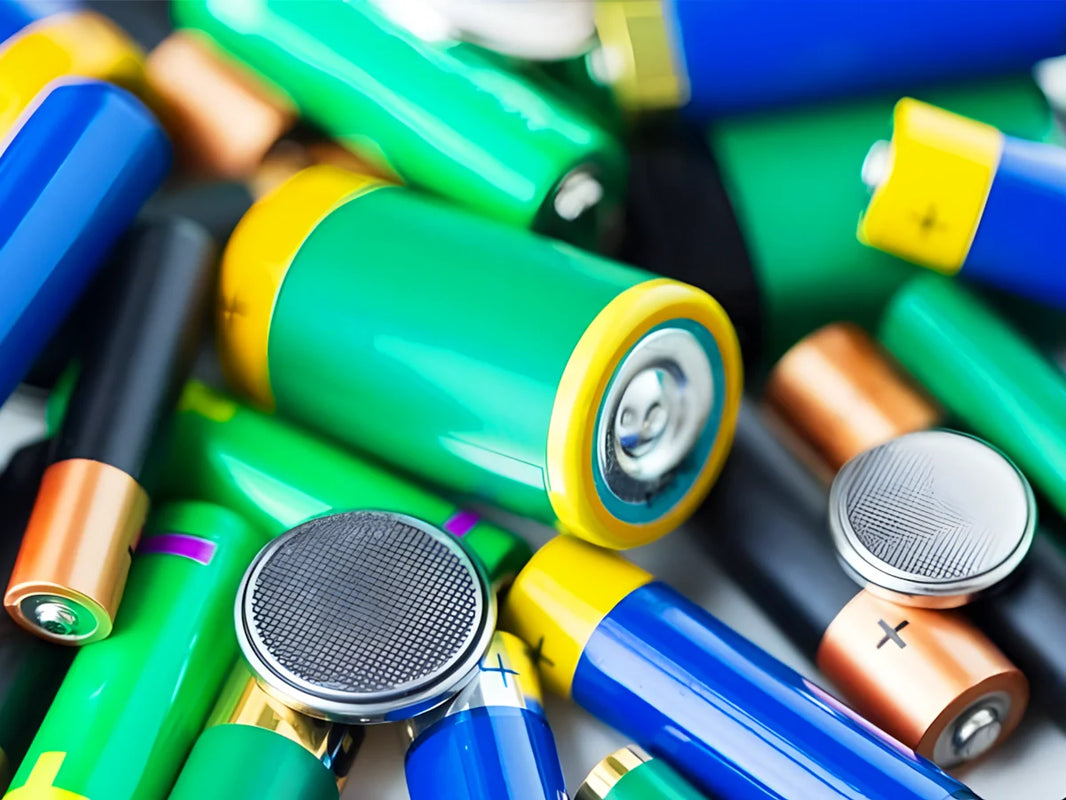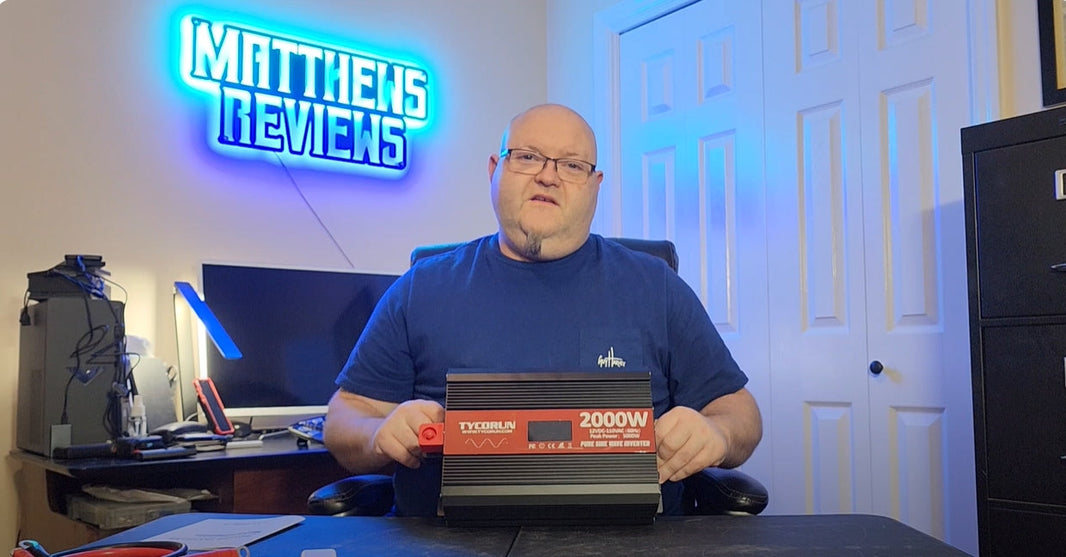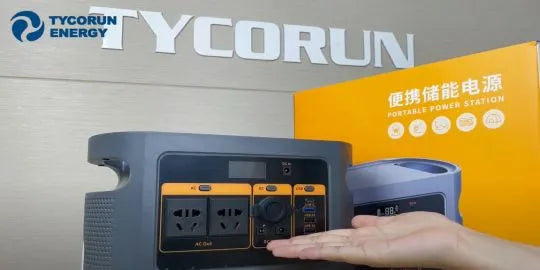
main content:
1. Power tools

Since the electrolyte of Li-ion battery adopts organic solvent, its electrical conductivity is low, and the power density of Li-ion battery is low, which has been regarded as its disadvantage in the past, so the field of power tools and hybrid vehicles has long been occupied by nickel-cadmium and nickel-metal hydride batteries. In recent years, with the development of cathode materials such as LiMn2O4, the application of carbon nanofibers and the improvement of battery manufacturing technology, the power characteristics of lithium-ion batteries have been greatly improved. In the past year, a variety of high-power battery systems have emerged, which has led to the continuous improvement of their cycle performance and overcharge resistance. Due to the gradual maturity of high-power lithium-ion batteries, the application of lithium-ion batteries in power tools is possible. At present, the world's famous manufacturers have launched lithium-ion battery power tool products. According to the forecast of the Japan Institute of Information Technology, an authoritative organization, power tools will become the fastest growing field of small lithium-ion batteries in the next few years, and will become the third largest application field of lithium-ion batteries.
2. Mineral and oil extraction

Mining requires extensive use of miner's lamps. At present, the miner's lamp is mainly based on lead-acid batteries. Because lead-acid batteries are heavy and inconvenient to use, and lead pollutes the environment, lithium-ion batteries have become the general trend to replace miner's lamps. At present, there are two types of lithium-ion batteries for miner's lamps: one is a single battery; the other is a series of several individuals with equal capacity. For the latter, the consistency of the battery is required to be higher, otherwise, a single capacity drop will directly affect the cycle life of the entire product. Lithium batteries are lightweight and easy to carry. Taking 8A·h single miner's lamp as an example, the working voltage is 2.2-4.25V, the rated voltage is 3.6V, the lamp lighting time is 15~16h, and the normal use can reach 600 cycles. The weight of the battery part is only 430g, which is about 1/4 of the lead-acid battery. Due to the unique advantages of lithium-ion batteries, their applications in miner's lamps will become more and more extensive.
The temperature of underground oil production is high, and it is impossible for ordinary batteries to meet the requirements. If an all-solid-state lithium-ion battery is produced with a polymer electrolyte, the conductivity of the polymer increases at higher temperatures, so that it can effectively provide power, which is also a major field of application prospects.
3. Medicine and MEMS

Lithium-ion batteries are mainly used in hearing aids, pacemakers and other non-life support devices in medicine. The use of lithium-ion batteries to replace the primary batteries in hearing aids can solve the problems of high cost, environmental pollution, and decreased hearing aid effects caused by voltage drops, and has wide application potential.
In recent decades, the electronics industry has developed rapidly, and the miniaturization, miniaturization and integration of electronic products have become the focus of technological development in today's world. Micro-electromechanical systems such as micro-sensors, micro-transmissions, etc., traditional livestock batteries can no longer meet the increasing requirements for miniaturization and integration of micro-electro-mechanical systems, so high-energy and light-weight lithium-ion batteries have become ideal candidates.
4. Outlook

Low cost, high performance, high power, high safety, and green environment are the development directions of lithium-ion batteries. As mentioned above, as a typical representative of a new type of energy, lithium-ion batteries have obvious advantages, but at the same time there are some shortcomings that need to be improved. In recent years, the research, development and application of positive and negative electrode active materials and functional electrolytes in lithium-ion batteries have been quite active internationally, and great progress has been made. The research of lithium-ion battery is a kind of battery system that is constantly updated, and many new research results involving physics and chemistry will have a significant impact on lithium-ion batteries. For example, nano-solid electrodes may make lithium-ion batteries have higher energy density and power density, thereby greatly increasing the application range of lithium-ion batteries.
Lithium-ion battery research is an interdisciplinary field involving many disciplines such as chemistry, physics, materials, energy, and electronics. The current progress in this field has aroused great interest in the chemical power industry and industry. It is expected that with the deepening of research, various positive and negative electrode materials with regular structures or doped composite structures designed from the molecular level and matching functional electrolytes will strongly promote the research and application of lithium-ion batteries. Lithium-ion battery will be a secondary battery with the best market prospect and fastest development for a long time to come after nickel-cadmium and nickel-metal hydride batteries. Lithium-ion batteries will further replace lead-acid and Ni/MH batteries and continue to expand their application fields and market share. Lithium-ion batteries have created brilliance, and there will be even greater brilliance in the future.
















